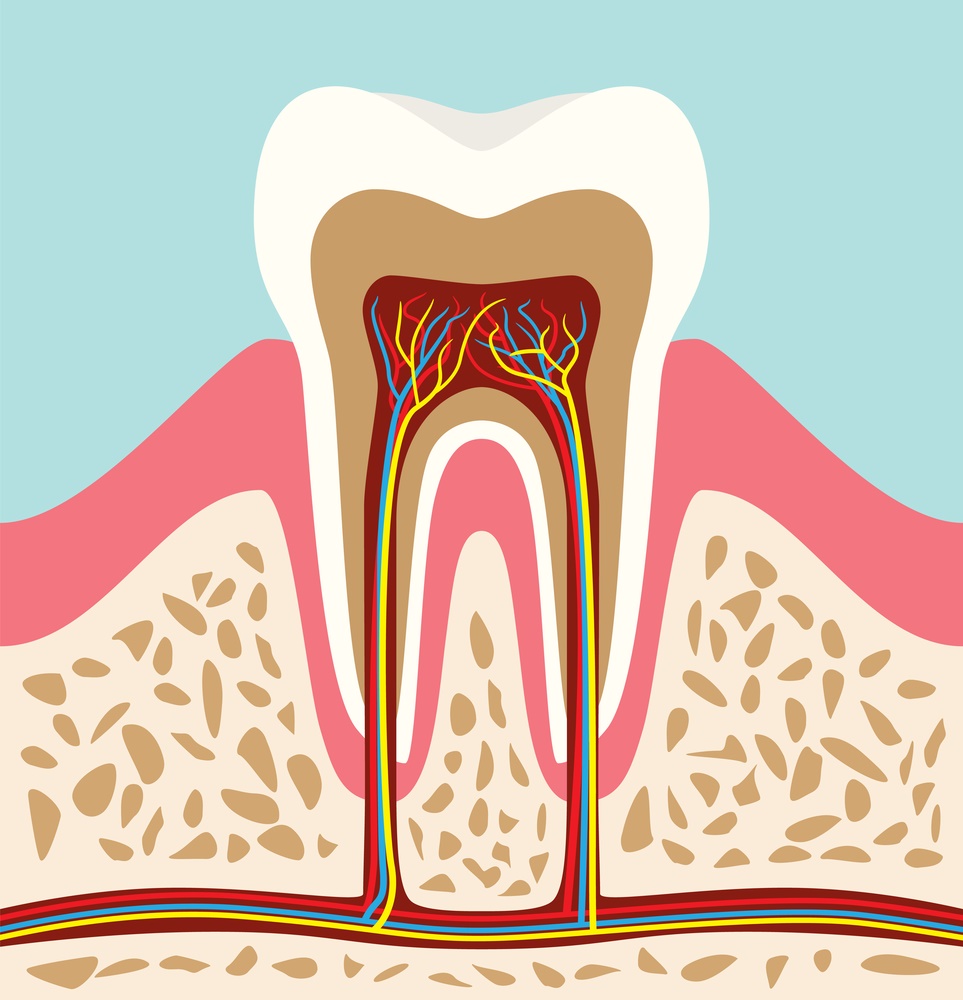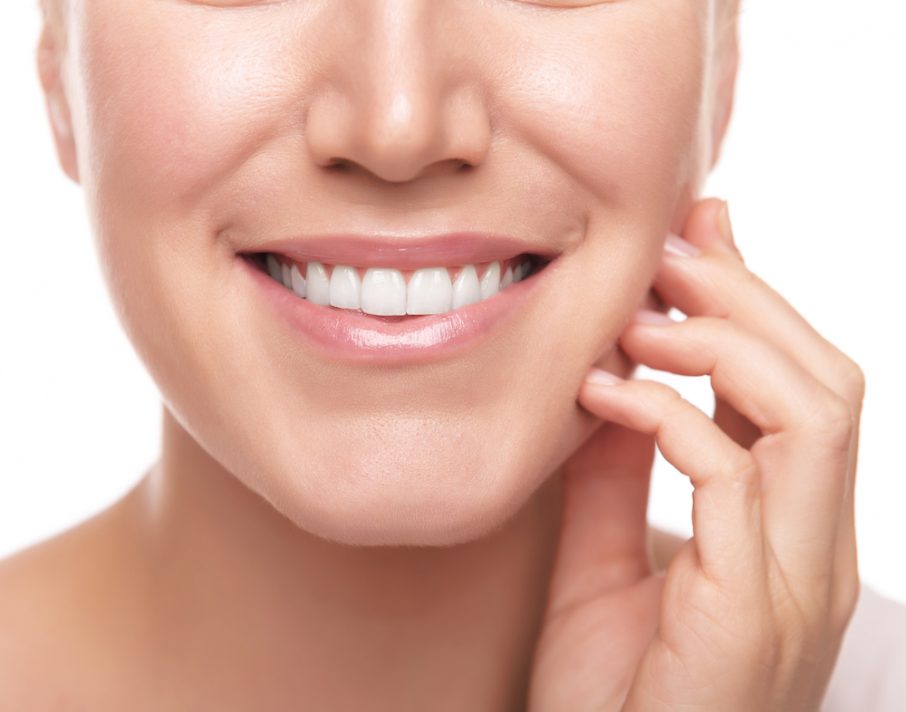Bleaching is the use of a chemical agent to remove tooth discolorations. Bleaching is sometimes in combination with heat. There are a variety of bleaching methods tailored for the best results on different teeth.
Extracoronal Bleaching (External Bleaching)
Extracoronal bleaching, otherwise known as external bleaching involves the use of a chemical agent on the outside of a tooth to remove discoloration from tooth structures with vital pulps. The most frequently used agents in extracoronal bleaching are hydrogen peroxide and urea (carbamide) peroxide.
Walking Bleach
Walking bleach is form of intracoronal bleaching in which oxidizing agents are sealed into the pulp chamber for a limited period of time, usually a few days to one week.

Intracoronal Bleaching (Internal Bleaching)
Intracoronal bleaching, otherwise known as internal bleaching, involves the use of chemical oxidizing agents within the coronal portion of an endodontically treated tooth to remove tooth discoloration. The most frequently used agents in intracoronal bleaching are either sodium perborate and hydrogen peroxide or sodium perborate and saline.
Intracoronal Bleaching and Root Canal Therapy
If you’re interested in bleaching your teeth post root canal therapy, intracoronal bleaching is your best option. Other types of bleaching are too abrasive. We provide root canal therapy in Houston. If you’re in the Greater Houston area, contact us for inquiries regarding root canal therapy and tooth bleaching options, today.

